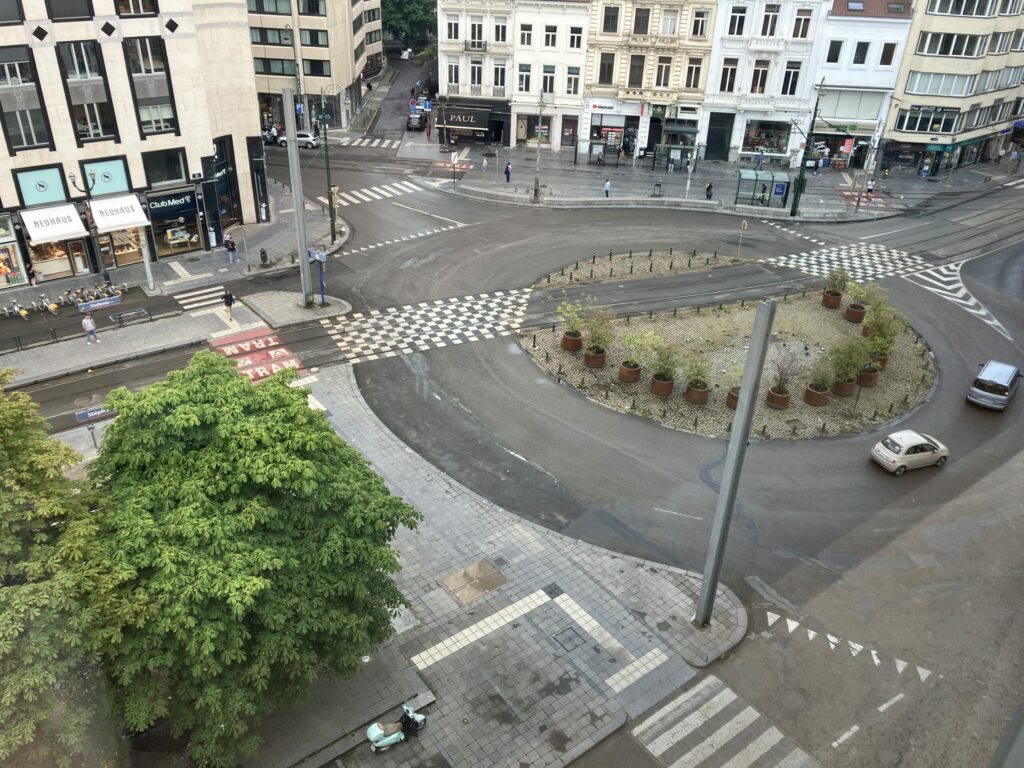From fewer bottlenecks and honking of horns to parking spots aplenty, it is clear that Brussels' roads are in summer mode. Especially during the morning rush hour, there are significantly fewer cars on the streets.
July and August remain the most popular months for people taking a break from work, which is reflected in Brussels at the moment. While pedestrianised streets in the city centre are bustling with tourists and day trippers, roads are much quieter. During the calmer summer holiday months, there is up to 20% less car traffic than usual, which is why major road and tunnel works are planned in this period.
However, this figure drops further between mid-July and mid-August, the quietest period of the year in terms of traffic within the region's borders. "In Brussels, there is a quarter less traffic between mid-July and mid-August," Camille Thiry, of the regional road agency Brussels Mobility, told RTBF.
This means around 100,000 of the 400,000 cars normally driven in the region every day are stationary. "Right now, we are at the lowest point."
Effect of teleworking
As a result, the morning rush hour – usually consisting of people driving to work or dropping children off at school – has almost completely disappeared. Still, there are a few nuances per day. For example, more people come into Brussels on Tuesdays and Thursdays in summer too, as is the case in the rest of the year, as teleworking is less common on these days.
The evening rush hours are also significantly quieter. However, minor traffic jams continue to occur in the late afternoon and early evening, with people travelling to restaurants or shops, or on days when many people leave for or return from their holidays.
However, even at this time, they are much reduced compared with a normal day: currently, no more than 1.5 minutes are being lost on a theoretical ten-minute journey, compared with at least double that for the rest of the year. Even with the closure of the Delta and the Reyers-centre tunnels, Brussels Mobility is not recording more traffic jams.
Related News
- Brussels metro line 1 disrupted in August due to major works
- 'Worsening situation': Belgians lose increasingly more time and money due to traffic jams
This can be explained by the size of the Brussels road network. "Brussels roads are designed to handle a certain volume of traffic every day. At peak times, this volume is exceeded," Thiry explained.
In summer, the maximum volume is not reached, making it possible to drive at the maximum authorised speed on most roads. "But it would make no sense to adapt the network size to traffic peaks, as this would lead to a Rue de la Loi with ten traffic lanes, for example."

